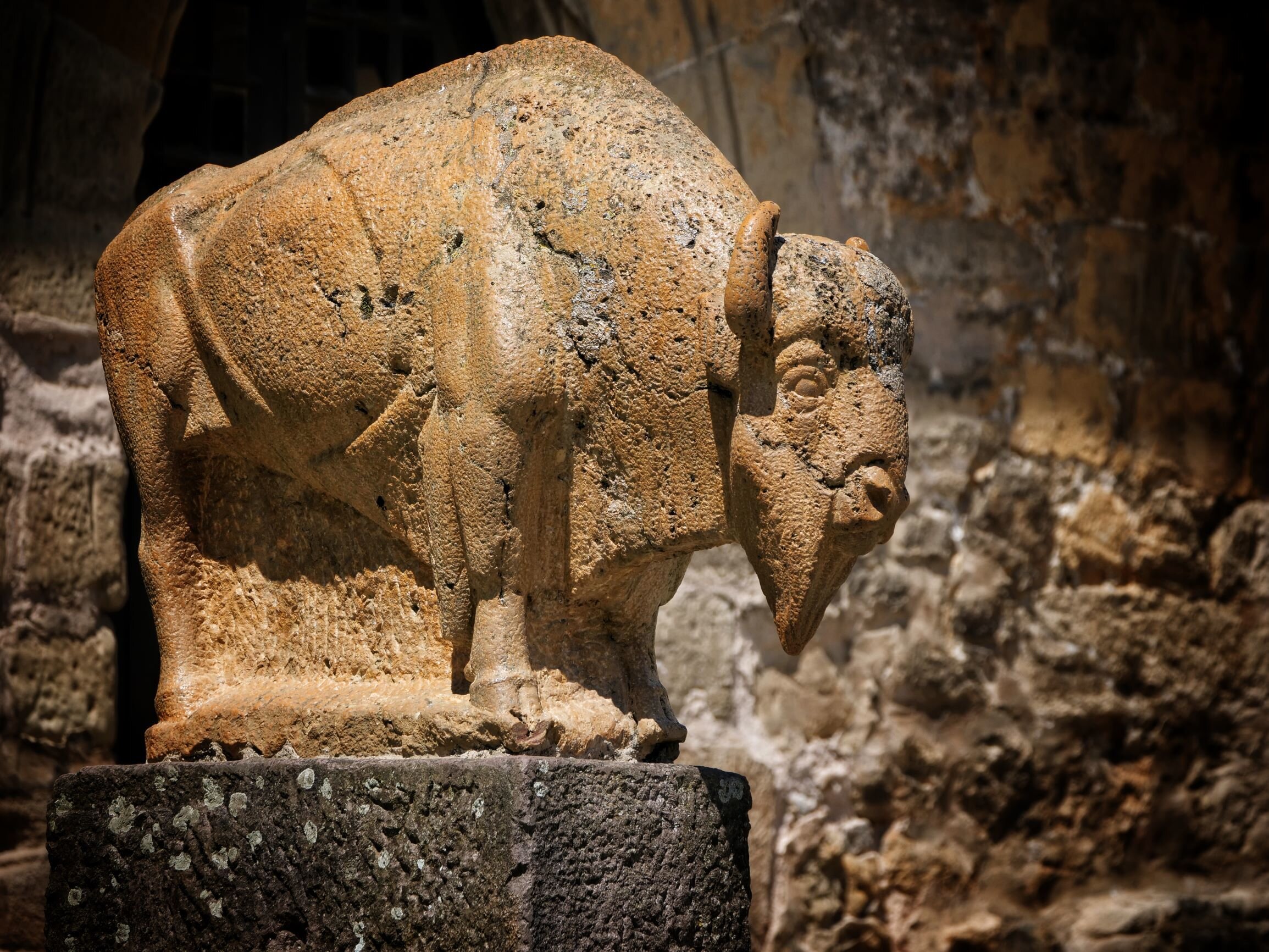A Short History of Spain- Part 1: Iberia Before the Romans
The Raw Ingredients
European Bison
When we think about Spain today we think about the political entity that loosely binds the population of about 85% of the landmass of the Iberian Peninsula. This political binding required hegemony, and hegemony over extensive geographical areas did not arrive until the Romans occupied and began organizing the Peninsula as a province. That being said, for us to understand what the Romans faced it's important to consider the raw cultural products that they inherited.
As I stated in my introduction to this series, we are undertaking this journey not simply to appreciate the specific pieces of the historical narrative, but rather to produce a better understanding of Spain today, and perhaps tomorrow. In the introduction to his single-volume history of Spain, Violencia, Jason Webster refers to Spain as a Cassandra, “forever predicting the future of those around her; what happens there (in Spain), foreshadows events elsewhere.” It is wise, therefore, for us to pay attention.
Today we will ask ourselves one of the most fundamental questions that any person, group, or nation faces. Who are we? Where did we come from? The prehistoric history of Spain is fascinating, and I touch upon it during my previous post on the cave paintings at Altamira. Hominids have been present in Spain for over 1 million years, with Homo Sapiens producing archeological records at least 35,000 years old. However, the major migrations that created the first real ethnic and cultural identities took place during and after the 2ndMillennium BCE. We broadly divide these two groups that immigrated to the Peninsula as Celts and Iberians. While the Celts had their roots in central Europe, the origin of the Iberian people is debated, with many scholars concluding that they came from the Eastern Mediterranean area.
Very General Reflection of The Early Ethnic Organization of the Peninsula
While these two groups did not typically interfere with each other, it was the Iberians that had first contact with the emerging sophisticated cultures of the Mediterranean, and thus lent their name to the Peninsula. The first of these arriving cultures were the Phoenicians. The Phoenicians came from the area surrounding modern-day Lebanon and were the Mediterranean's first great organizers of trade. Archeological records show that their arrival in about 1100 BCE was generally peaceful and brought increasing prosperity to the Iberians who rapidly adapted themselves to foreign fashion, economy, and technology. The Phoenicians left a powerful legacy along the southern coast, founding the cities of Malaga and Cadiz, among the oldest occupied cities in Europe. Meanwhile, the Greeks had their own trading interests and established large trading posts along the Northeast coast of the Peninsula. The ruins of the greatest of these Greek centers, Empúries (in modern-day Catalonia), is well worth the visit if you are traveling in that area. All these early coastal trading assets were later absorbed by the Carthaginians, setting the stage for the Punic Wars and the arrival of the Romans.
One of many Celtiberian Archeological Sites in Modern Day Aragon, Spain
Meanwhile, Spain’s Celtic interior was another matter altogether. As opposed to the relatively well-organized Iberian city-states along the coasts, the Celts were a patchwork of languages, alliances, and interests. One of the most powerful of these Celtic groups was the Lusitanians who would eventually become the Portuguese. These Celts were mainly farmers and shepherds with little resemblance to the Iberians. The Carthaginians were the first “foreign power” that attempted to bring order to the interior but were promptly dissuaded. In addition to the warrior tribes that could form effective alliances if forced to do so, the interior presented geographical challenges that would shape much of Spain’s history. Spain is the second most mountainous country in modern Europe, giving way only to Switzerland. Waging war in Spain’s interior required vast logistical resources, requiring an invader to overcome a natural defensive system. As we will see, neither the Romans, the Moors, nor any European powers were able to subjugate certain corners of the Peninsula.
It is worth noting the third ethnic group that I identify in the rough map above. The Vascones, known today as the Basques, were (like the Iberians) not Indo-European. In fact, their language, which is still spoken today, is somewhat of a mystery without established roots and apparently unrelated to the Iberian or Celtic tongues. We will return to the Basques later in this series as we examine their claims for autonomy and their role in modern Spanish history.
Today, many people refer to these pre-Roman residents of the Peninsula simply as Celtiberians, reflecting a gradual fusion. It's interesting to note that there is general agreement that the modern “Celtic” ethnicity claimed by many in the UK is probably Celtiberian; the result of migration from the Northern Coast of Spain to the British Isles during the first millennium BC. (Read more here.) There is indeed a great deal of shared symbology, and in a reverse flow of this exchange, the national musical instrument in Galicia today is the bagpipe.
What are some take-aways here that might develop thematically as our story continues?
We have coastal and interior interests that are not aligned, with a majority of the technological, economic, and cultural development occurring on the coasts. (This theme is certainly not unique to Spain.)
We have a patchwork of tribal interests that are cast into alliances in the face of necessity. There is an idea of “the other”.
We see Spain’s status as a nexus of commerce and crossroads of cultures attracting waves of new ideas and cultures. Something new is taking form in this diversity of influences.
Earlier, I posed the questions, who are we? Where do we come from? These are loaded questions to some extent because when we look back, we find that we are often an amalgamation of influences. As we move forward in this journey, we will find continual turbulence in the meshing of ethnic and cultural forces, both internally and externally. This is not a repudiation of any tradition, only a recognition that no tradition belongs to us exclusively. We will revisit this theme.
In the next chapter of our story, we will begin to see traces of modern Spain as Rome subdues much of the interior and establishes lasting infrastructure and institutions. Thanks as always for joining me.



